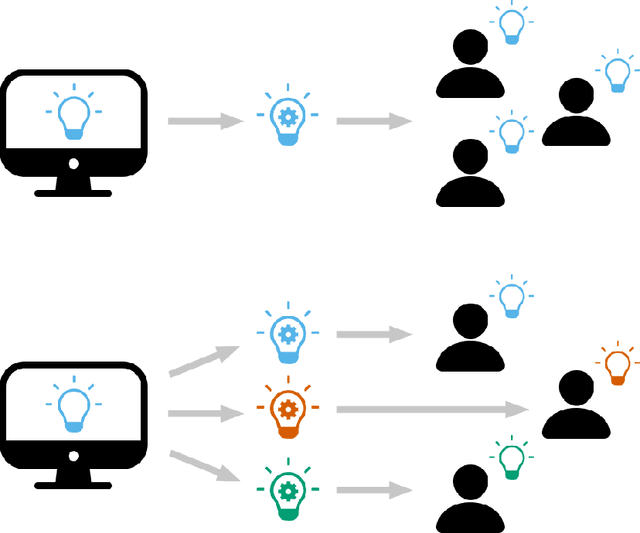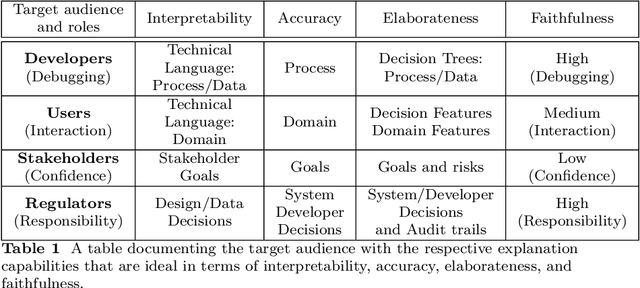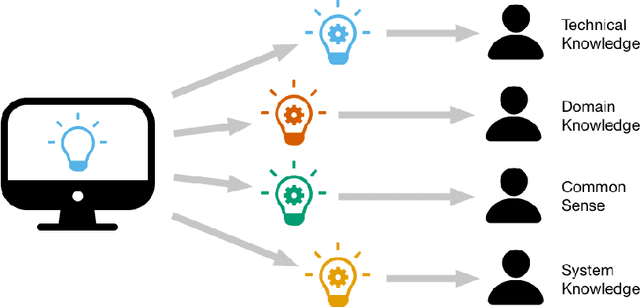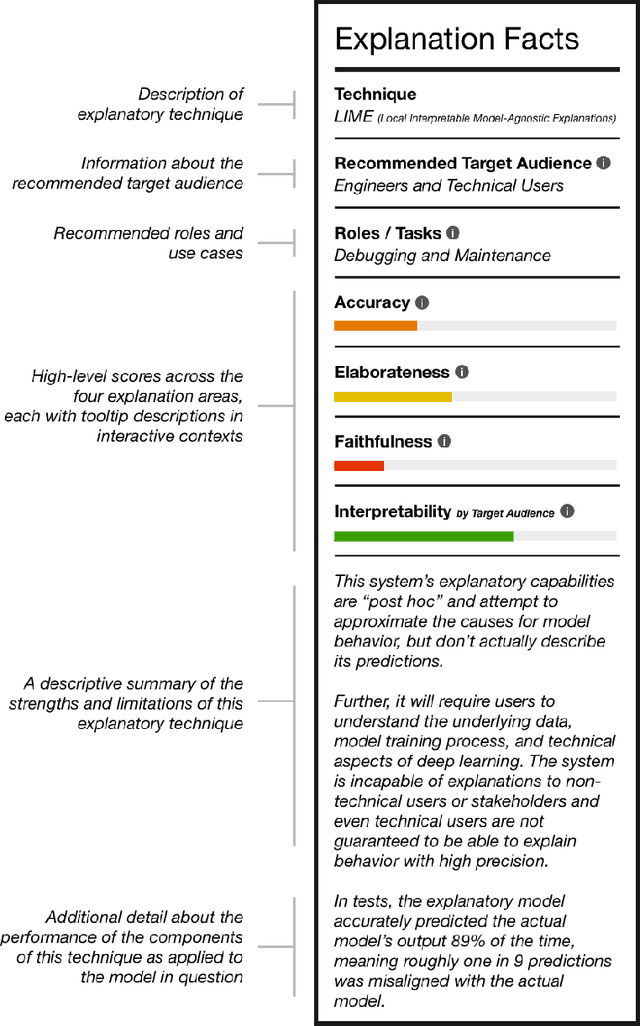Kristian J. Hammond
Satyrn: A Platform for Analytics Augmented Generation
Jun 17, 2024Abstract:Large language models (LLMs) are capable of producing documents, and retrieval augmented generation (RAG) has shown itself to be a powerful method for improving accuracy without sacrificing fluency. However, not all information can be retrieved from text. We propose an approach that uses the analysis of structured data to generate fact sets that are used to guide generation in much the same way that retrieved documents are used in RAG. This analytics augmented generation (AAG) approach supports the ability to utilize standard analytic techniques to generate facts that are then converted to text and passed to an LLM. We present a neurosymbolic platform, Satyrn that leverages AAG to produce accurate, fluent, and coherent reports grounded in large scale databases. In our experiments, we find that Satyrn generates reports in which over 86% accurate claims while maintaining high levels of fluency and coherence, even when using smaller language models such as Mistral-7B, as compared to GPT-4 Code Interpreter in which just 57% of claims are accurate.
"Explanation" is Not a Technical Term: The Problem of Ambiguity in XAI
Jun 27, 2022



Abstract:There is broad agreement that Artificial Intelligence (AI) systems, particularly those using Machine Learning (ML), should be able to "explain" their behavior. Unfortunately, there is little agreement as to what constitutes an "explanation." This has caused a disconnect between the explanations that systems produce in service of explainable Artificial Intelligence (XAI) and those explanations that users and other audiences actually need, which should be defined by the full spectrum of functional roles, audiences, and capabilities for explanation. In this paper, we explore the features of explanations and how to use those features in evaluating their utility. We focus on the requirements for explanations defined by their functional role, the knowledge states of users who are trying to understand them, and the availability of the information needed to generate them. Further, we discuss the risk of XAI enabling trust in systems without establishing their trustworthiness and define a critical next step for the field of XAI to establish metrics to guide and ground the utility of system-generated explanations.
 Add to Chrome
Add to Chrome Add to Firefox
Add to Firefox Add to Edge
Add to Edge